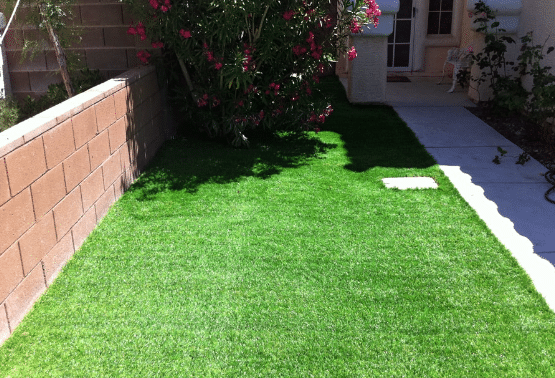How To Lay Artificial Grass On Soil And Sand In San Diego?
Artificial grass is a popular option for home and business owners who want to enjoy the look of a green lawn without the time and effort required to maintain one. If you’re thinking of installing artificial grass, there are a few things you need to keep in mind. In this article, we’ll give you 7 tips on how to lay artificial grass on soil and sand.
- There are many different types of artificial grass available on the market, so it’s important to choose one that’s suitable for your needs. If you’re putting it down on soil or sand, make sure to get a variety that’s specifically designed for those surfaces.
- Before you start laying the artificial grass, you need to make sure the area is prepped and ready. This means clearing away any debris, leveling the ground, and compacting it if necessary.
- If you don’t want weeds growing up through your artificial grass, be sure to install a weed barrier before you begin laying the turf.
- Once the area is prepared, you can start laying the artificial turf. Be sure to lay it in rows, making sure each piece is snug against the next.
- Once all of the turf is down, secure the edges with landscape staples or another type of edging material.
- Once the turf is secure, you’ll need to infill it with sand or another type of infill material. This helps to keep the grass blades upright and also provides weight so the turf doesn’t blow away.
- Artificial turf is low maintenance, but it will still need to be brushed and cleaned on occasion. Be sure to follow the manufacturer’s recommendations for care and cleaning.
FAQ’s
What Sand Do You Put Underneath Artificial Grass?
There are many types of sand that can be used for artificial grass, but silica sand is the most popular option. It’s important to make sure the sand is clean and free of debris before using it.
Can You Lay Artificial Grass On Top Of Concrete?
Yes, you can lay artificial grass on top of concrete, but you’ll need to use a different type of turf than what’s typically used for soil or sand surfaces. Be sure to consult with a professional before attempted this.
What Is The Best Infill For Artificial Grass?
The best infill for artificial grass depends on your needs and preferences. Sand is the most common type of infill, but there are also options like crumb rubber and shredded cedar bark.
Conclusion
It’s important to keep a few things in mind when you’re installing artificial grass. In this article, we’ve given you some tips on how to lay artificial grass on soil and sand. By following these tips, you can be sure your artificial grass will look great and last for years. For more information, contact Artificial Grass San Diego at (619) 784-8855.


